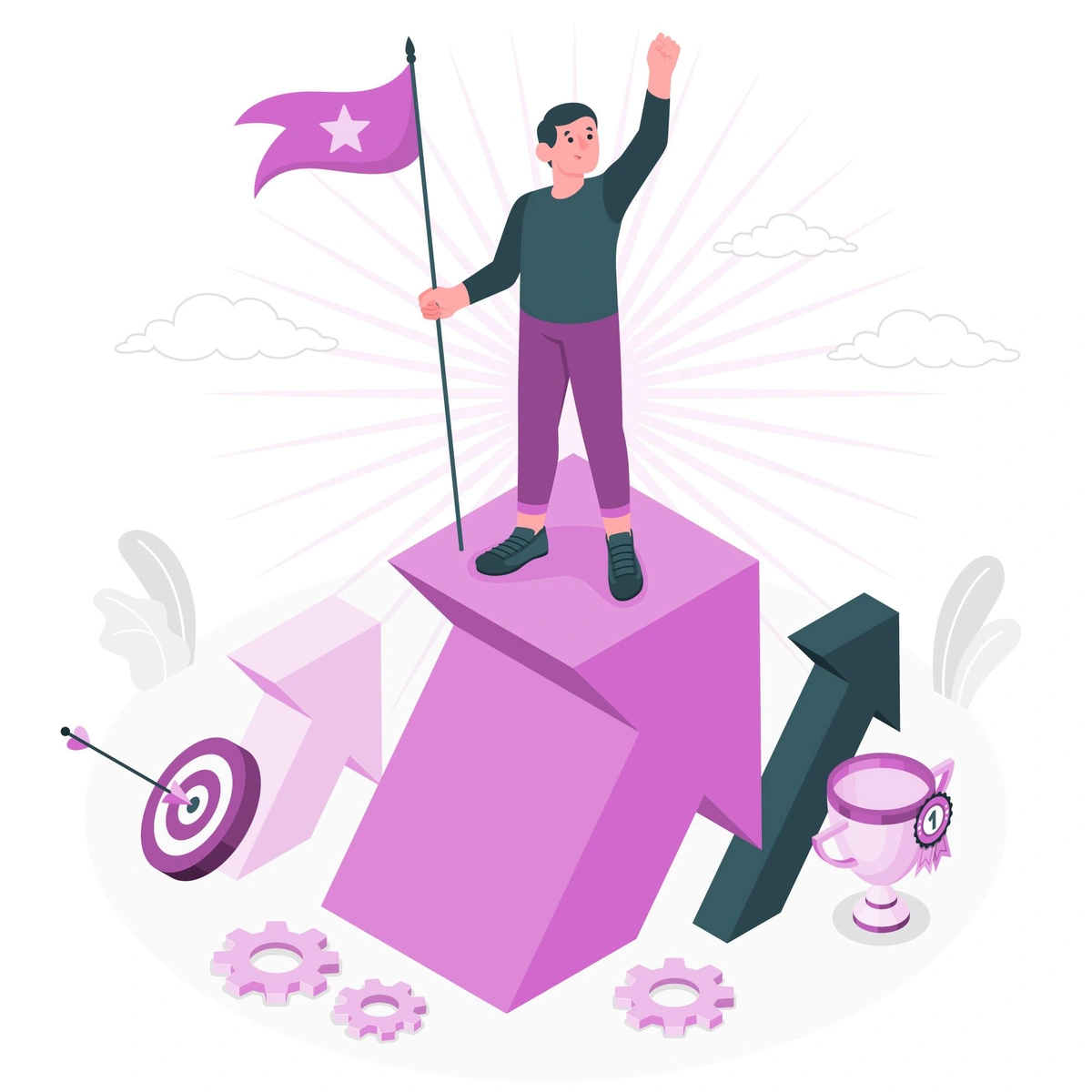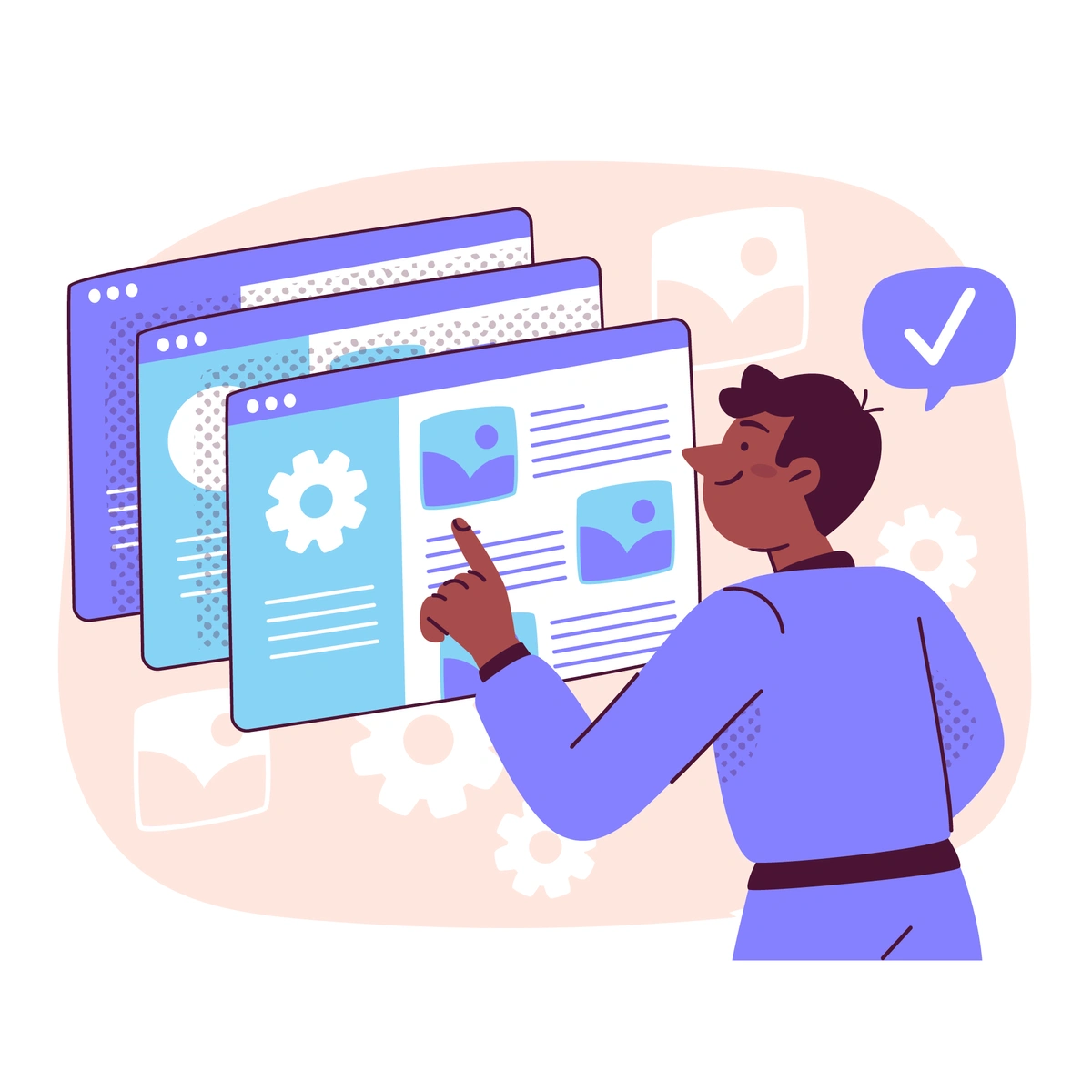atlas-bench
by Atlas Bench
2024-03-29
Many enterprises are realizing the necessity of transitioning to an agile framework. This seismic shift is not just about adopting a few agile practices; it's a complete restructuring of how organizations conduct business, innovate, and engage with their employees and customers. But how can an organization steeped in traditional methodologies make such a fundamental change?
In this guide, we'll walk through five crucial steps instrumental to a successful enterprise-wide agile transformation. We'll explore strategies tailored for organizations looking to make the leap and ensure that the agility they seek is a foundational characteristic of their corporate DNA.
Agility in business transcends mere process implementation; it entails ingraining principles fostering adaptability, collaboration, and iterative growth. To successfully transform towards agility, these principles must permeate all organizational levels. Here are detailed strategies to achieve this:
Embarking on an agile transformation journey necessitates the expertise of an agile coach. This external perspective brings invaluable insights, objectivity, and guidance crucial for navigating the organization's metamorphosis toward agility.
Pairing employees with seasoned agile practitioners facilitates a deep understanding and effective application of agile philosophy and practices across diverse organizational contexts. Mentorship ensures the principles become ingrained in daily operations.
Engaging an Agile Coach:
An agile coach serves as a beacon of knowledge and experience, guiding the organization through the complexities of agile transformation. They offer tailored strategies, facilitate workshops, and provide continuous support to teams at all levels.
Mentorship programs pair individuals with experienced agile practitioners, allowing for knowledge transfer and skill development. Through regular interactions and hands-on guidance, employees gain practical insights into agile principles and their application in real-world scenarios.
The effectiveness of agile methodologies heavily relies on execution, with empowered product owners acting as catalysts for driving this change. Here's how to empower agile champions within the organization:
Strategic selection of product owners is paramount. These individuals should transcend traditional managerial roles, embodying vision and deep understanding of organizational objectives. They translate these objectives into actionable agile epics and user stories, guiding teams toward success.
Investing in the continuous development of product owners is essential. Through training, workshops, and mentorship, organizations equip them with the necessary skills to navigate the complexities of agile project management effectively.
Selecting the right individuals for the product owner role requires careful consideration. Beyond managerial competence, product owners must possess a deep understanding of agile principles and a strategic vision for product development. They act as champions of agility, driving teams toward achieving organizational goals.
Continuous investment in the development of product owners is crucial for long-term success. Organizations provide opportunities for skill enhancement through workshops, certifications, and ongoing mentorship. By nurturing their capabilities, product owners can effectively lead teams through the agile transformation journey.
Agility thrives on evolution, making the cultivation of a culture of continuous improvement imperative for enterprises embracing agility. Consider the following approaches:
Integrating retrospectives into project lifecycles fosters a culture where feedback is not only accepted but actively sought after. These reflective sessions provide teams with the opportunity find ways to enhance and make gradual modifications for improvement.
Providing learning opportunities and leveraging agile tools like Atlassian's software suite can significantly enhance teams' adaptability and performance. Training programs and access to advanced tools empower teams to embrace agile practices effectively.
Retrospectives are cornerstone events in the agile framework. They enable teams to reflect on past iterations and identify areas for improvement. By fostering open communication and collaboration, retrospectives empower teams to enhance their processes and deliver greater value to stakeholders continuously.
Equipping teams with the necessary skills and tools is essential for fostering agility. Training programs, workshops, and access to cutting-edge agile tools empower teams to streamline their workflows, collaborate more effectively, and respond swiftly to changing market demands.
Resistance to change is common, but addressing it effectively is crucial for successful transformation. Here's how to tackle resistance head-on:
Articulate the rationale behind the transformation clearly. Transparent communication regarding the benefits of agility for individuals and the organization fosters understanding and buy-in from stakeholders.
Establishing a framework for handling resistance enables organizations to address concerns constructively. By encouraging open dialogue and soliciting feedback, teams can work collaboratively to overcome obstacles and drive positive change.
Effective communication is critical to overcoming resistance to change. Organizations must communicate the purpose and benefits of agile transformation transparently, addressing concerns and highlighting the positive impact on individuals and the organization.
Providing Constructive Feedback:
Creating a culture of constructive feedback fosters trust and collaboration within teams. By acknowledging concerns and addressing them proactively, organizations can prevent resistance from derailing the transformation journey. Encouraging open dialogue and soliciting feedback empowers teams to voice their concerns and contribute to the success of the agile transformation.
Enterprise agility should revolve around effectively serving customers. Here are strategies to align development efforts with a customer-centric approach:
Implement structured programs facilitating regular interactions with customers. This ensures that their evolving needs remain at the forefront of the organization's decisions, driving customer satisfaction and loyalty.
Creating an environment that encourages innovative solutions to meet customer demands is essential. By empowering teams to experiment and iterate, organizations can adapt swiftly to changing market dynamics and deliver value-driven solutions.
Engaging with customers directly provides valuable insights into their needs and preferences. By implementing customer feedback loops and conducting user research, organizations can ensure that their products and services align closely with customer expectations, driving satisfaction and loyalty.
Innovation is central to maintaining a competitive edge in today's dynamic marketplace. Organizations that foster a culture of innovation empower teams to explore new ideas, experiment with novel approaches, and challenge the status quo. By embracing innovation, organizations can effectively deliver innovative solutions that address customer needs.
Embarking on the path to enterprise agility is a significant endeavor, but following these steps can establish a strong base and lead to a smooth transition. While challenges may arise, the promise of enhanced efficiency, innovation, and resilience awaits those who embrace the journey towards agility. Contact Atlas Bench today for a free agile readiness assessment.

Learn how to streamline your sprin...
29 August 2024

Learn how to streamline your sprin...
6 August 2024

Learn how to establish a robust Ve...
23 July 2024